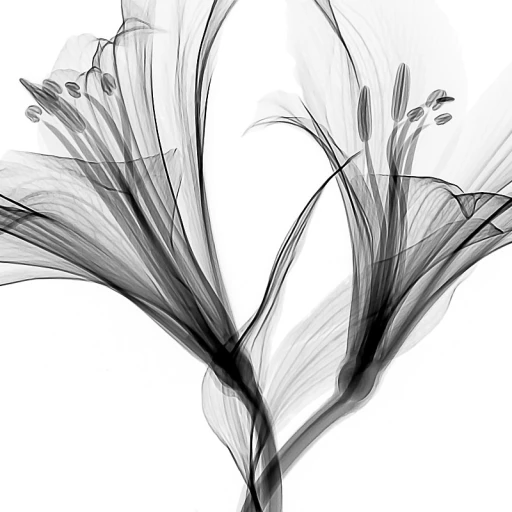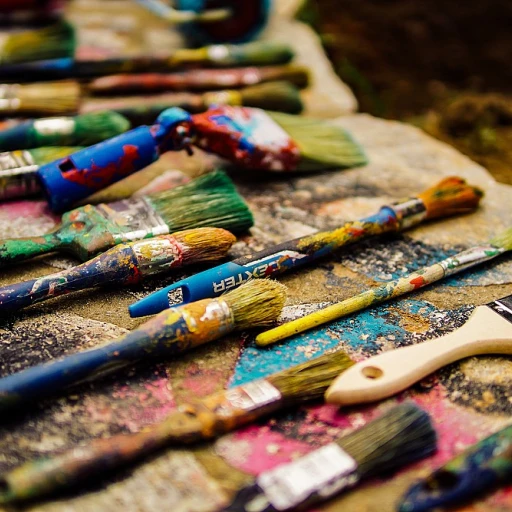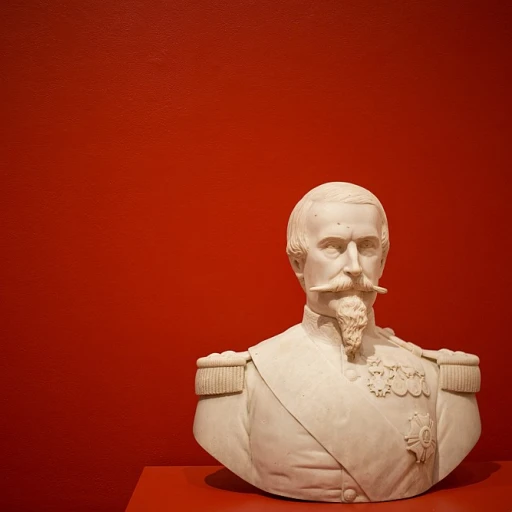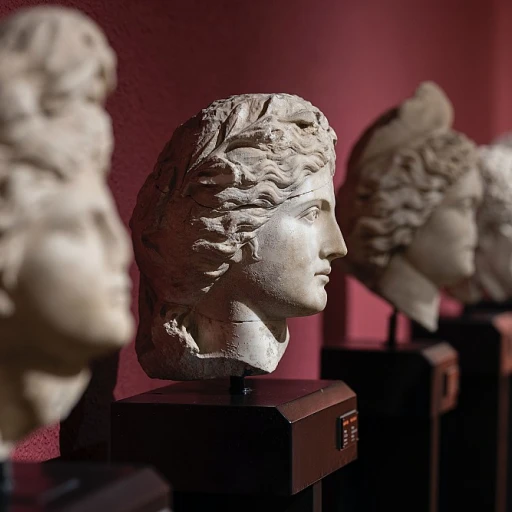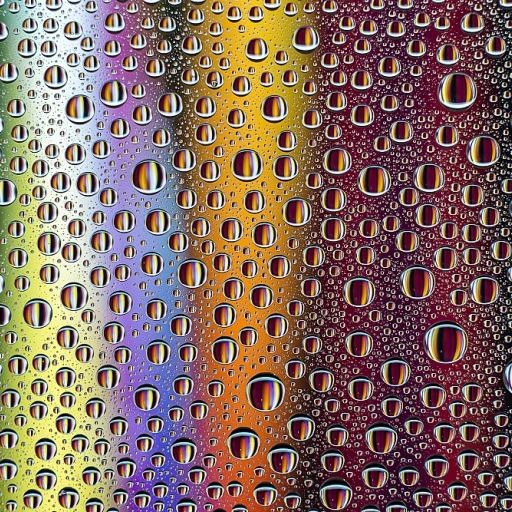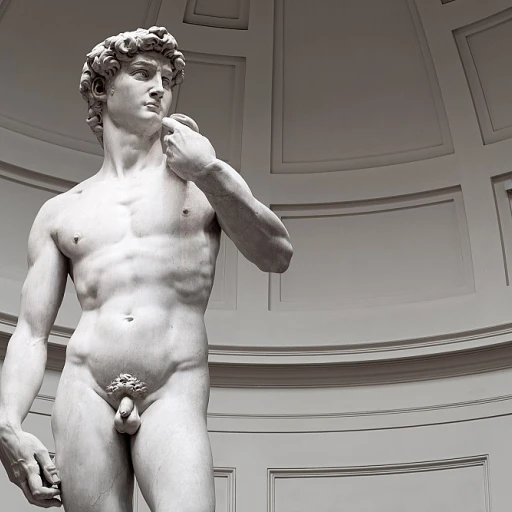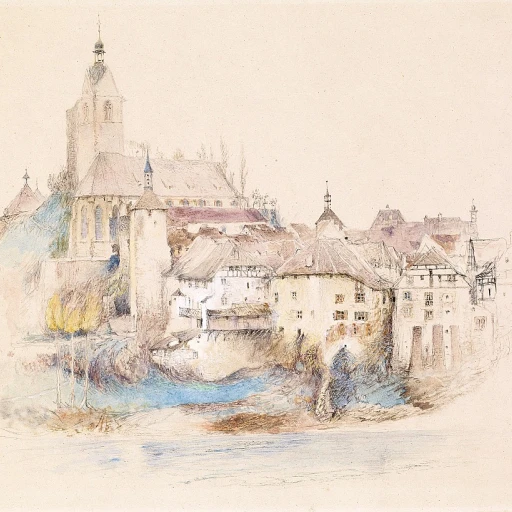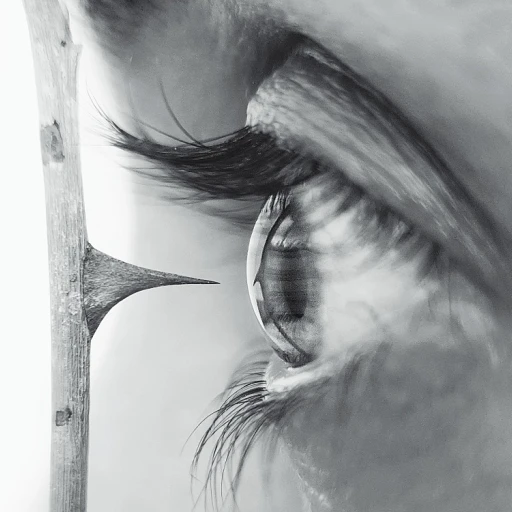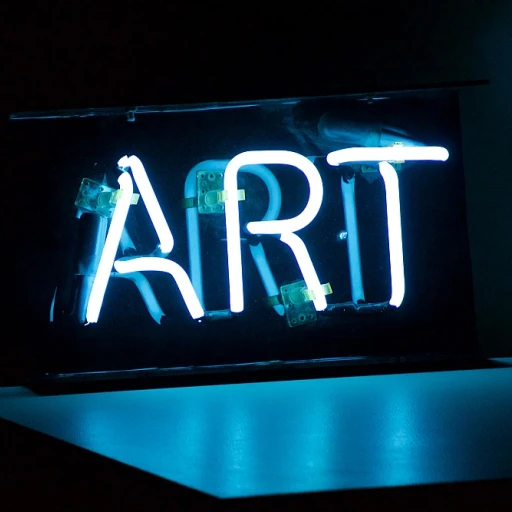-teaser.webp)
Understanding Representational Art
A Journey Through the Real: What Is Representational Art?
Representational art serves as a bridge between the tangible and the imaginative, capturing real life through the artist's lens. Unlike abstract art that focuses on forms and colors devoid of specific references, representational artworks are grounded in the physical world, depicting subjects like people, animals, objects, and landscape with a commitment to realism. This approach can guide viewers to a deeper appreciation of the natural beauty surrounding us and evoke a sense of familiarity and connection.
The essence of representational art lies in its objective nature – an endeavor to replicate reality as closely as possible. Artists strive to create compelling works where the subject matter is readily identifiable, making it an art form rich with historical significance. From the meticulous paintings of the Renaissance era to the influential strokes of Van Gogh, the history of art is replete with examples that showcase the evolution and importance of representational art.
Within luxury collections, representational art holds a unique charm. It merges the elegance of precise detail with the allure of exquisite craftsmanship, embodying a narrative that is both visually and emotionally engaging. Embracing this form of art often involves an admiration for its aesthetic fidelity and the technical prowess required to achieve such depictions.
For those interested in expanding their appreciation for the allure of representational elegance, understanding its fundamental principles paves the way to recognizing the artistry involved. From refining historical perspectives to acknowledging modern takes, representational art remains as significant today as it was in the art history it helped shape, offering both examples of timeless beauty and fresh expressions.
Historical Significance in Luxury Art
Tracing the Timeless Impact of Defined Imagery
The influence of representational art within the domain of luxury collections is rooted in its profound historical significance. This kind of artwork, often capturing real life through forms and objects, has been a pivotal force in the world of art. Unlike abstract art, which leans into subjective reality, representational techniques guide the viewer through an objective and often more intuitive understanding of the subject matter. Tracing back to art history, objective forms have carved a niche, offering both timeless appeal and a reliable investment for connoisseurs. Throughout history, painting has evolved, yet the essence of representational art remains its vivid depiction of real life. Masters of art such as Leonardo da Vinci have immortalized scenes that are intricately tied to the stories and cultures of their time. Similarly, in the progression toward modern art forms, the works of Vincent van Gogh and others have added layers of emotion and narrative depth, setting standards for many subsequent generations. Representational art is not just a reflection of the past; it holds a mirror to the world, portraying life's nuances in a way that engages collectors. Its dynamic relationship with both traditional and contemporary movements underscores its continual relevance. For instance, the balance between the visual aesthetics of abstract art and the clarity of representational forms continues to intrigue art enthusiasts today. As we explore these intersections, one cannot ignore the transformations brought forth by artists experimenting with subject matter, evolving from archetypical depictions to more complex interpretations. This evolution is brilliantly mapped in areas like luxury collections, where the art tags in the luxury art world play a pivotal role in defining its perceived and actual value. The narrative of representational artwork is further enriched by its versatility. Artists have presented it through diverse media, enriching the visual arts with timeless examples that continue to inspire. Whether it is the lively depiction of animals or the intricate detailing of objects, representational art is a guide to understanding life through painted forms, showcasing the beauty of the world in its purest form.Iconic Examples in Luxury Collections
Timeless Masterpieces in Prestigious Collections
The world of luxury collections proudly showcases an opulent array of representational art pieces that transcend time and continue to captivate collectors and admirers alike. From the iconic brushstrokes that define the works of renowned painters to the intricate details capturing real life subjects, these artworks hold a distinct place in the annals of art history. Representational art offers a vivid portrayal of the subject matter, be it the lush landscapes, lifelike portraits, or the meticulously painted objects. This form of art manages to maintain an acute sense of the real, often intertwining the beauty of objective representation with the artist's unique vision. One cannot overlook the enduring influence of artists who masterfully balanced realism with their own interpretative flair. Exhibiting an array of themes ranging from pastoral scenes to poignant depictions of animals, these artists have left an indelible mark in the history of art. Art enthusiasts and collectors are drawn to these pieces not only for their historical significance but also for their ability to evoke emotion and reflection. A luxury collection featuring such masterpieces often becomes a gallery of both visual delight and a testament to the enduring allure of representational art. For those entrusted with curating such masterpieces, the challenges can be as sophisticated as the art itself. The careful preservation of these artworks is paramount, ensuring they retain their essence for generations to come. Understanding the vital art of preserving luxury offers invaluable insights, allowing these masterpieces to withstand the ravages of time while continuing to enchant audiences worldwide. As we delve deeper into the realm of art, it becomes increasingly vital to appreciate the distinctive beauty of representational artworks. These eminent examples serve as a guide not only through art’s illustrious past but also towards a future where traditional forms continue to inspire and captivate.The Appeal of Representational Art for Collectors
The Irresistible Charm for the Connoisseur
Representational art holds a remarkable allure for collectors who appreciate the tangible connection to real life it offers. Unlike the abstract forms, which focus on emotional evocation, representational painting provides a bridge to history, culture, and personal experiences. This type of artwork serves as a guide, drawing the observer into a narrative composed of real objects and subjects that transcend time.
One key appeal lies in the objective nature of these paintings, enabling art enthusiasts to identify with the visual interpretations of landscapes, people, and animals. Painters invest immense skill in replicating the intricate details of their chosen subjects, which becomes a testament to their mastery. The accurate depictions found in these works contrast sharply with abstract art and invite a contemplation that is grounded in the familiar.
For collectors, the historical significance mentioned earlier adds another layer of attraction. Many view acquiring these pieces as obtaining a slice of history; each artwork serves as a silent witness to an era long past, embodying the aesthetic and cultural ideals of its time. Famous examples span the oeuvre of renowned figures in art history, such as Leonardo and Vincent, with their works celebrated for their precise depiction of reality.
Furthermore, representational artworks are often seen as timeless investments, maintaining their appeal regardless of shifting art market trends. These pieces not only adorn luxurious spaces but also serve as conversation starters, forging connections between collectors and visitors alike through their objective beauty and detailed narrative. The tangible beauty bestowed by representational art ensures its continued relevance and coveted status within luxury collections, charting a distinct path alongside its abstract counterparts.


